
Woody > Castanea > Castanea sativa > Castanea sativa
Castanea sativa
Sweet Chestnut, Spanish Chestnut
Origin: Southern Europe, North Africa to southwest Asia.
| Family |
| Fagaceae |
| Genus |
| Castanea |
| Species |
| sativa |
| Category |
| Woody |
| Type |
| Tree (deciduous) |
| Synonyms |
| Castanea vesca, Castanea vulgaris |
| Pronunciation |
| USDA Hardiness Zone |
| 5 - 7 |
| Canadian Hardiness Zone |
| 4a - 6b |
| RHS Hardiness Zone |
| H6 - H7 |
| Temperature (°C) |
| -29 - 15 |
| Temperature (°F) |
| -20 - 20 |
| Height |
| 30 m |
| Spread |
| 15 m |
Photographs
Description and Growing Information
Flowering Period
| Cultivation |
| Prefers full sun. Plant in well-drained soil. Prefers loam and sand. |
| Shape |
| Upright, branches and spreading. |
| Growth |
| Fast |
| Pests |
| Most of the largest specimens have been eradicated in North America by Chestnut blight (Cryphonectria parasitica) leaving small trees sprouting from old stumps: the disease is now found in Europe and England. |
| Bark/Stem Description |
| The bark is grooved. |
| Leaf Description |
| Serrate, oblong-lanceolate leaves that are 20 cm long. |
| Flower Description |
| Conspicuous catkins. The male catkins are 15 cm long. |
| Fruit Description |
| Spiny fruit that contains nuts. |
| Colour Description |
| The leaves are green, catkins yellow while the bark is brown. |
| Texture Description |
| The bark is rugged. The leaves are glossy. |
| Notable Specimens |
| Port Dover Cemetery, Port Dover, Ontario, Canada. Westonbirt, The National Arboretum, Tetbury, Gloucestershire, England. Lanhydrock Gardens, Cornwall, England. |
| Propagation |
| Seed and grafting. |
| Ethnobotanical Uses (Disclaimer) |
| The fruit is an edible nut common in European and North American stores at Christmas. |
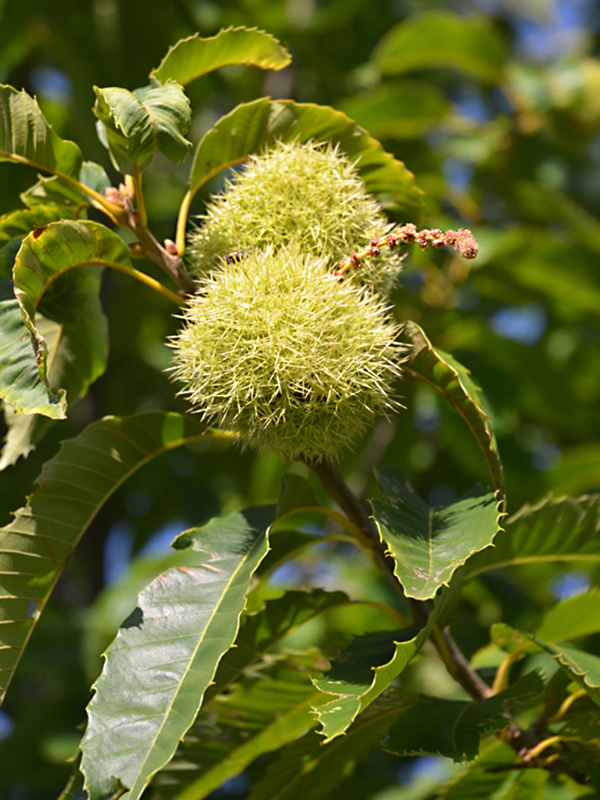
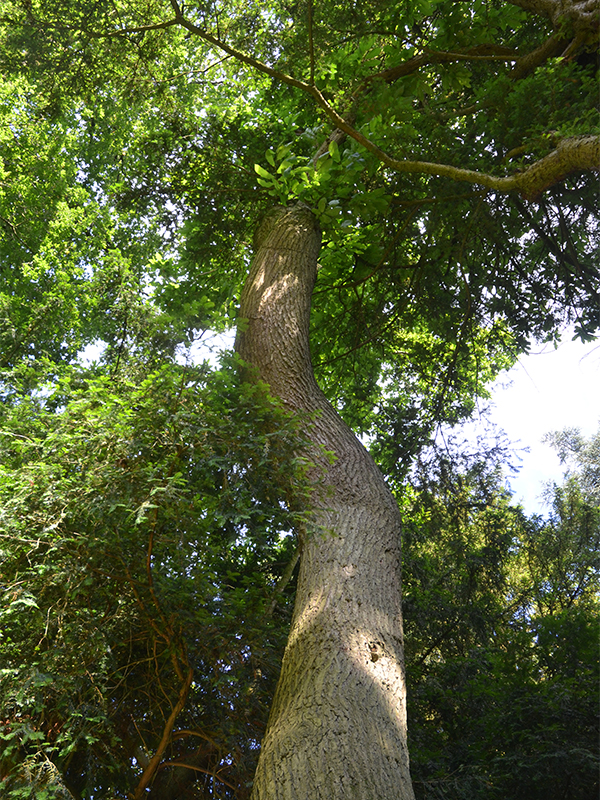
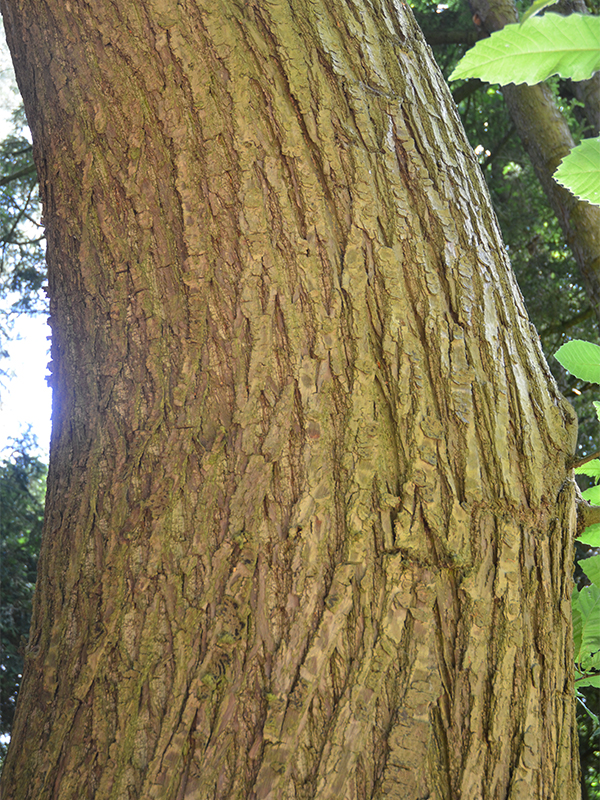
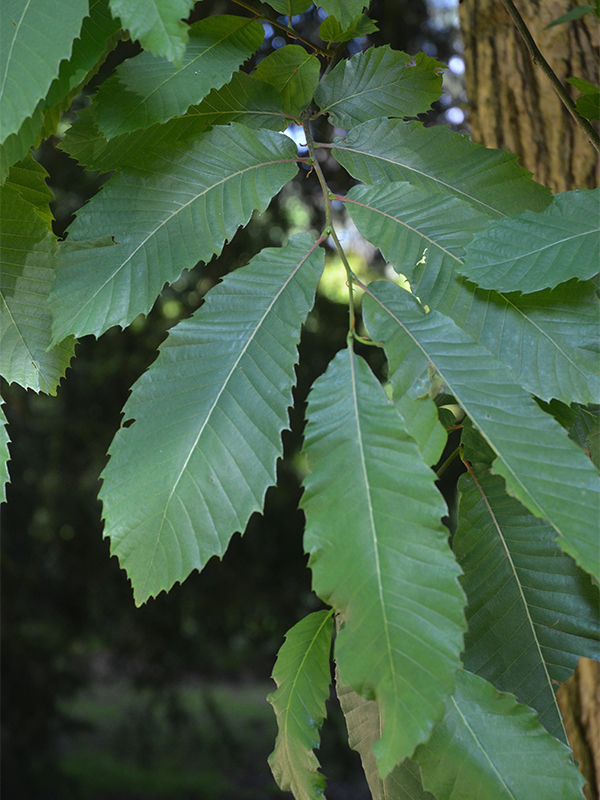
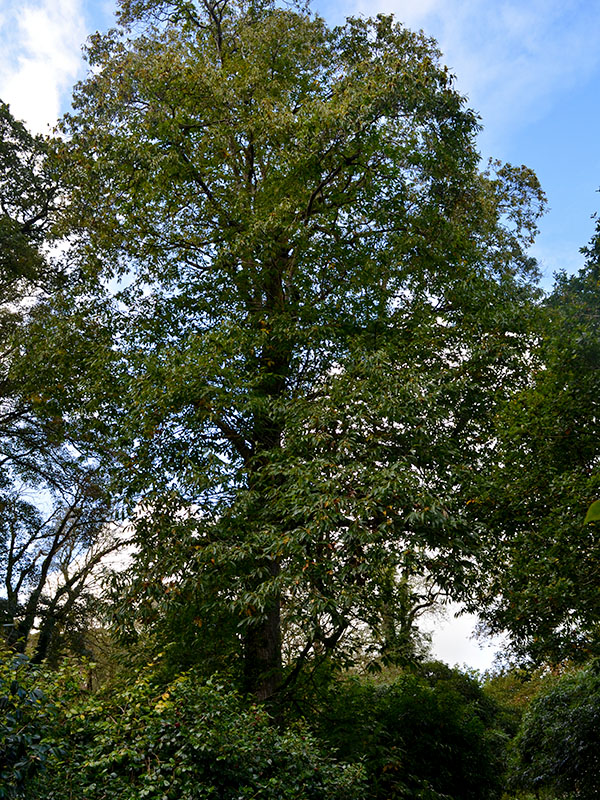
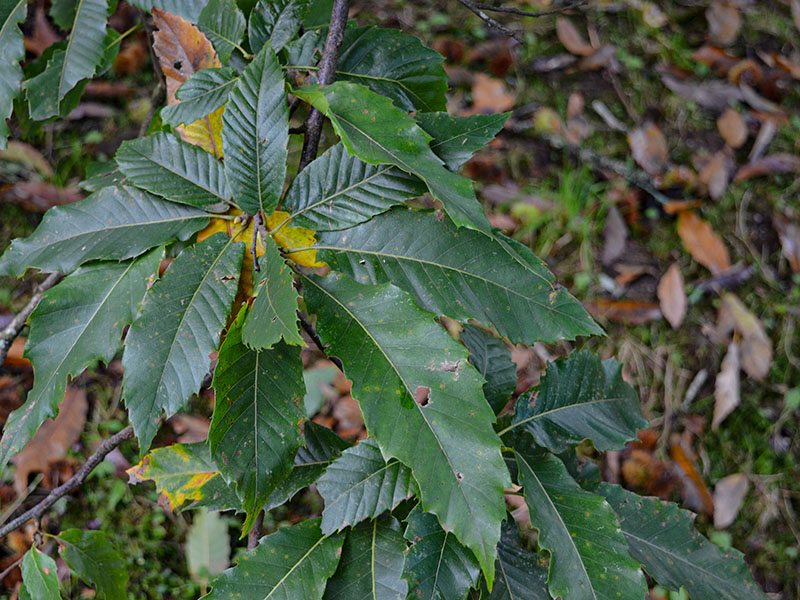
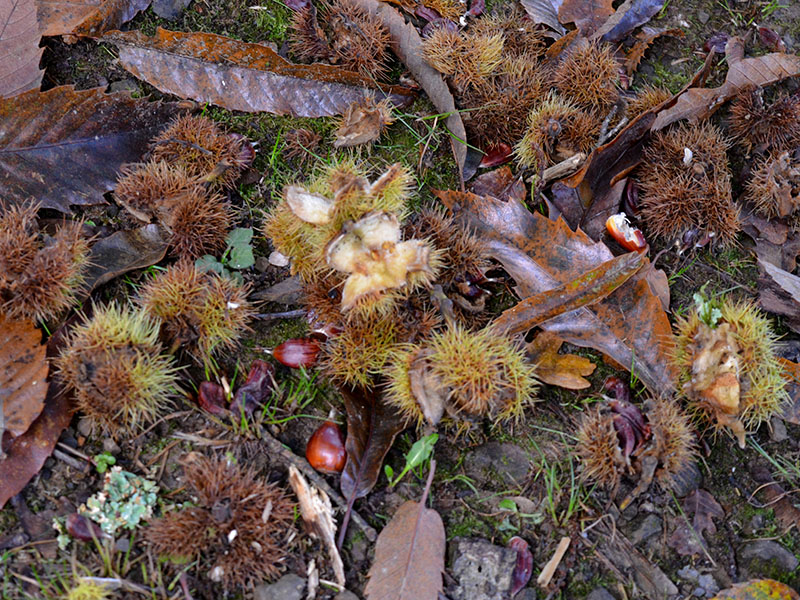
.jpg)